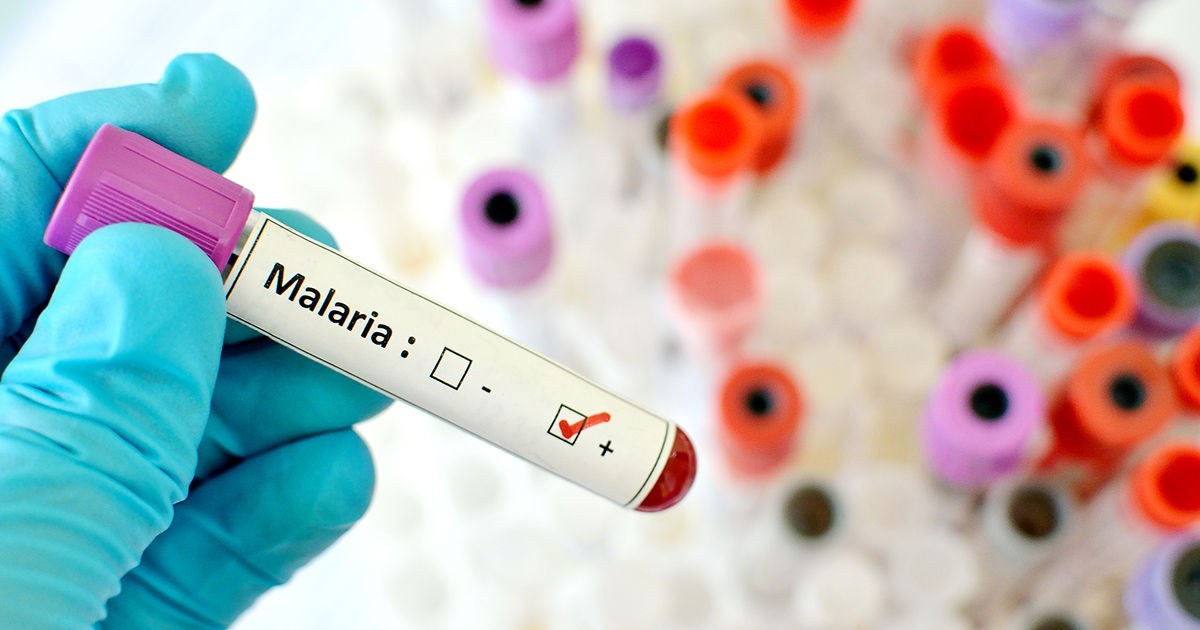Surprising Facts About Sickle Cell Anemia
Sickle Cell And Malaria

Yes, this condition has a close connection with malaria. The sickle cell gene appears to occur most often among individuals from the parts of the world where malaria is currently or used to be common. Sickle cell anemia affects hemoglobin, which is the protein in red blood cells responsible for carrying oxygen throughout the body and its tissues. In sickle cell disease, there is deoxygenated sickle hemoglobin, which distorts the blood cells and obstructs circulation while also damaging body tissues. The weakened blood cells make for poor hosts for malaria, as they leak the needed nutrients and the liver appears to selectively eliminate it.
Continue reading to learn how sickle cell disease is more than just pain.
It’s More Than Just Pain

One of the first things many individuals think of when it comes to sickle cell anemia is the amount of pain patients go through. While painful swelling in the hands and feet and overall pain is a significant part of the condition, it is not the only one. Both children and adults with sickle cell disease are at a significantly increased risk for a stroke. In addition to this, adult patients often face other complications such as vision loss, gallstones, delayed growth, bacterial infections, splenic sequestration, organ damage and failure, and leg ulcers. It just goes to show how integral blood flow and oxygen are and how many individuals take proper body function for granted.
Continue reading to learn about the surprising fact about life expectancy for patients with sickle cell disease.
